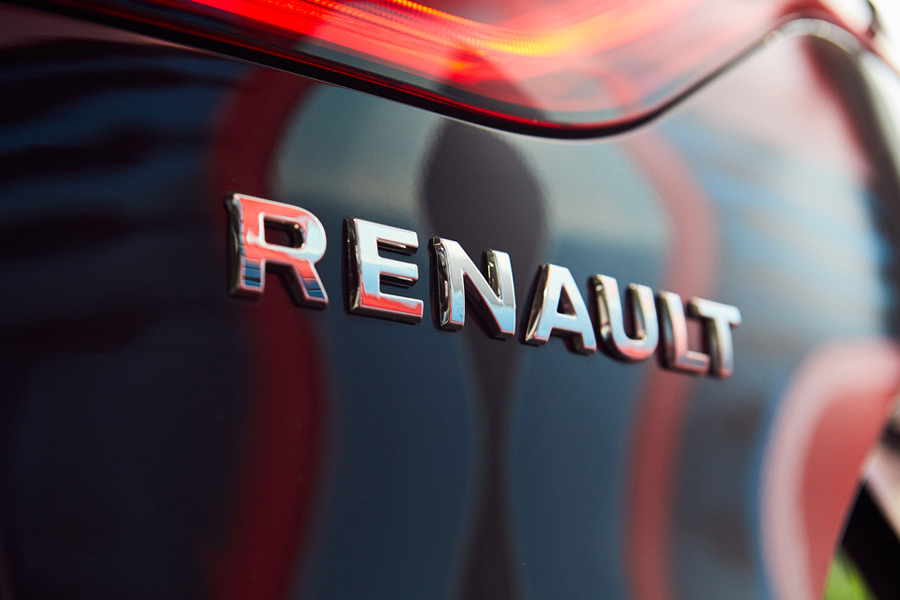Physicists at Jadavpur University have used fish scales from Catla, a popular freshwater fish, to fabricate tiny electric generators that they say could run portable electronic devices powered by pure motion, free from conventional batteries.
They have used the scales, a waste product found in abundance at fish markets, to develop piezoelectric energy generators, devices that produce electric charge in response to mechanical stress.

Dipankar Mandal, an assistant professor of physics, and research scholar Sujoy Ghosh, cleaned the scales to get pure collagen, the underlying protein, and then processed the collagen into what they call bio-piezoelectric nano-generators.
Four such nanogenerators could produce an output voltage of 14V, sufficient to turn on over 50 blue light emitting diodes.
While collagen's capacity for piezoelectricity has been known for years, the Jadavpur effort is the first demonstration of the piezoelectric effect using fish scales through what Mandal says is a relatively simple fabrication process.
"This is a step towards biodegradable nanogenerators to power a variety portable electronic devices," Mandal told Metro. "We're using a cost effective process relying on a waste material available in large quantities."
The scientists believe such piezoelectric nanogenerators could be used to power electronic devices, including mobile phones, through mechanical energy, rather than conventional battery-based energy.
The concept of piezoelectric nanogenerators emerged over seven years ago from Zhong Lin Wang, professor of materials science and engineering at the Georgia Institute of Technology in the US. Wang and his colleagues harvested energy by converting low-frequency vibrations such as the beating of the heart or wind movement into electricity, using piezoelectric zinc oxide nanowires.
"The earlier work opened up the possibility of charging mobile phones while we walk, the pressure of our footsteps could generate electricity and charge the phone in our pocket," Mandal said. "We're proposing an inexpensive nanogenerator based on fish scales."
The Jadavpur University laboratory experiments show that repeatedly touching the nanogenerator with a finger can turn on 50 blue LEDs. In principle, the collagen-based nanogenerator could also be powered through other motions, or sources of mechanical energy - body movements, machine and sound vibrations, or wind flow.
Scientists say such nanogenerators could in principle also have myriad applications in medicine - from futuristic surgery assisted by tiny robots to targeted delivery of anti-cancer drugs to real-time diagnosis within the body.
In such applications, the nanogenerators could provide the energy to support complementary technologies such as the robot's movements or tiny implanted sensors to measure something in the body.
The Jadavpur team, supported by the Union science and technology ministry, picked scales of the Catla -- or the major carp - only because of their abundance.
"We could also use scales of other fish," said Ghosh, who's made several trips to the fish markets near the university to bag the scales.










